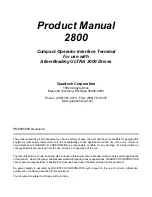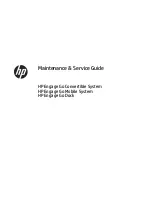
56
ISDN TA/V
• Factory 1 —
V.24/V.28 DTE interface operating synchronously at 19200
bps. Dialing is initiated using V.25bis HDLC commands, and automatic
answering is enabled. V.110 rate adaption is employed. This configuration
is designed for use in specialist applications of the ISDN TA/V, where a
synchronous V.24 data link exists between the ISDN TA/V and the local
DTE.
• Factory 2 —
V.24/V.28 DTE interface operating asynchronously at 19200
bps for a UNIX host connection, similar to Factory 0 with V.110 rate
adaption employed. This configuration is designed for use where the
ISDN TA/V is connected to a UNIX host, and is primarily being used to
answer calls originating from a remote device.
• Factory 3 —
V.24/V.28 DTE interface operating strict V.110 rate adaption
without automoding. For outgoing calls this means that the ISDN line
rate is adapted to match the DTE rate. On incoming ISDN calls the V.110
information attached to the call is used to determine the rate of the local
DTE.
12.2 Selecting Which Configuration is Active
The active configuration is, as its name suggests, the configuration which the
ISDN TA/V is actually using to operate at any particular time. When the ISDN
TA/V is powered on, the .power-up configuration is automatically loaded into
the memory location reserved for the active configuration, and then any one
or more of the configuration parameters can be altered to suit a particular
operating requirement.
It should be noted that the ISDN TA/V’s parameter settings which are held
within this active configuration are not stored to memory if the unit is
powered off. If you want to save them so that an altered factory configuration
can be used again and again, the active configuration must be stored into one
of the user configuration locations, or the power-up configuration location as
explained in
Sections 12.4 and 12.5
.
12.2.1 F
OUR
W
AYS TO
S
ELECT
W
HICH
C
ONFIGURATION IS
A
CTIVE
1) When you switch on power to the ISDN TA/V using the rear-panel
ON/OFF switch, the configuration held in the power-up memory location
is automatically loaded as the active configuration. Because Factory 0 is
the most common ISDN TA/V application, the parameter settings of the
power-up configuration will default to match Factory 0. Subsequently, an
altered configuration can be saved as the power-up configuration. This
will be loaded every time the unit is powered on.
Содержание IS300AE
Страница 7: ...8 ISDN TA V Part I Getting Started ...
















































